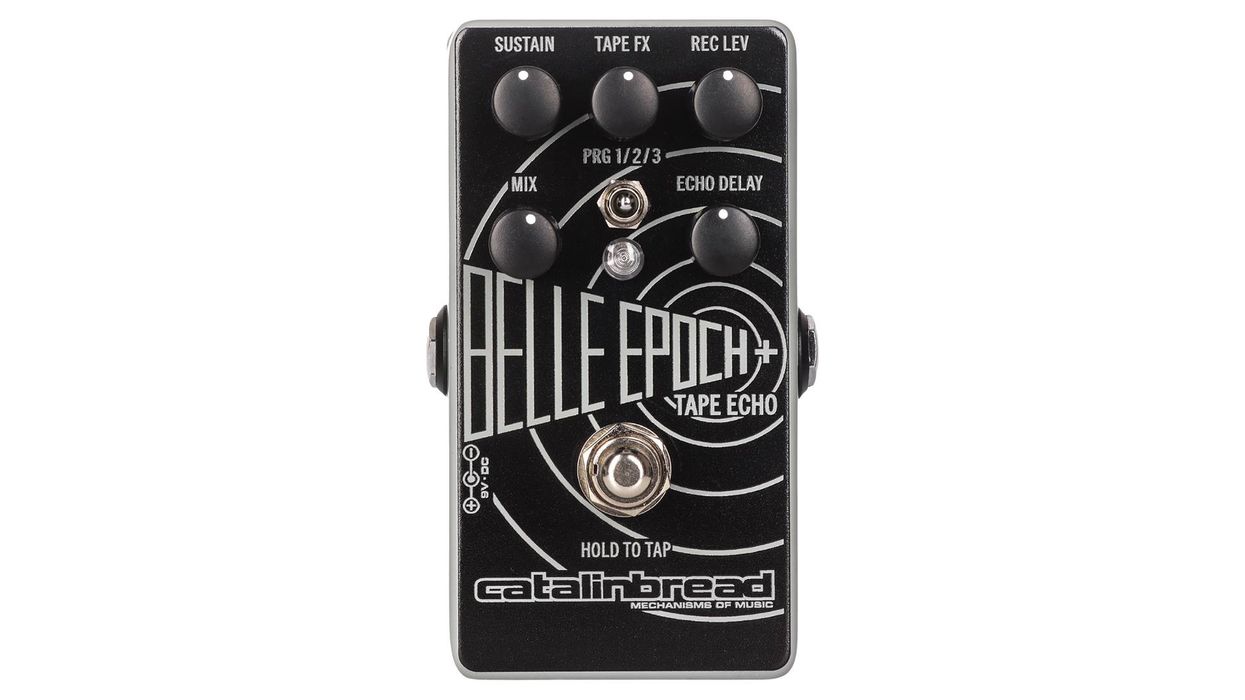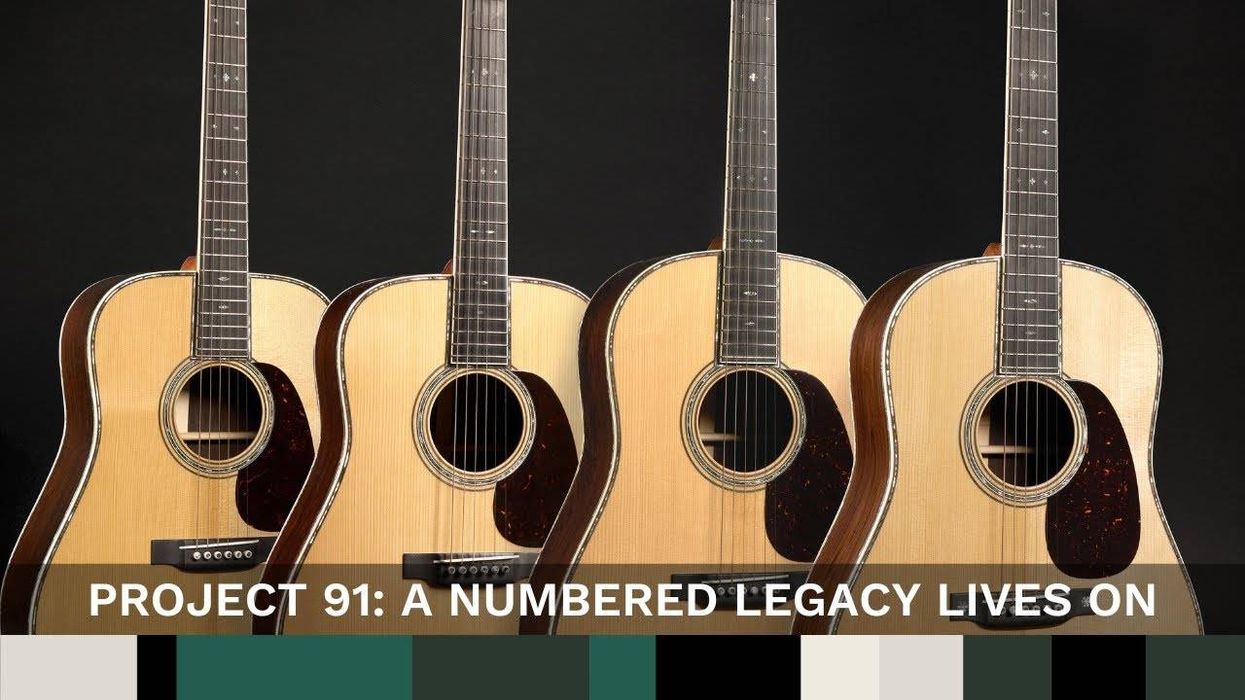Chops: Advanced
Theory: Intermediate
Lesson Overview:
• Learn how to spice up standard licks with rhythmic displacement.
• Find ways to enhance pentatonic scales with string skipping.
• Explore altered-dominant sounds.
Click here to download a printable PDF of this lesson's notation.
As a rock guitarist, I like to have many concepts for improvising at my disposal. This keeps things exciting and helps me avoid going into autopilot mode. One of my biggest revelations was learning to create patterns built around odd 16th-note groupings. This system allowed me to manufacture syncopated, funky-sounding lines from very simple patterns. As a bonus, I found I could string these lines together with other ideas to create longer phrases.
Then I realized I could start some of these sequences on different beats within the measure. This not only helped me break out of the improvisation rut I was in, but the rhythmic displacement these odd groupings created also taught me to really focus on how I end my lines.
I’d like to share a few of my favorite patterns so you’ll be inspired to create your own phrases to use in your soloing. At the end of this lesson, you’ll find a short backing track to jam over while test-driving some of the licks we’ll cover here.
Ex. 1 shows a simple four-note sequence that’s based in A minor pentatonic (A–C–D–E–G). The basic 16th-note rhythm will help us lock in with the click and serve as a starting point for the more twisted licks to come.
Click here for Ex. 1
We can now move that exact sequence from Ex. 1 and displace it one 16th-note to create a totally different lick (Ex. 2). This is one way to generate fresh sequences from familiar pentatonic patterns. Also try this with triplet-based licks.
Click here for Ex. 2
Sticking with A minor for Ex. 3, we start with a rhythmically displaced 16th-note line that incorporates some strategically placed rests. In the second measure we creatively outline an Am9 arpeggio.
Click here for Ex. 3
Ex. 4 is based on a C# blues scale (C#–E–F#–G–G#–B) using some string skipping and a seven-note grouping over a 16th-note pulse.
Click here for Ex. 4
Ex. 5 uses a repeated rhythmic motif throughout an Ab minor pentatonic (Ab–Cb–Eb–F–Gb) phrase. Pay attention to each “X” in the tab—these are muted notes that can sound really funky and can help you lock into the groove. At the end I have a shreddy string-skipping lick that I just added for fun.
Click here for Ex. 5
Here we have a phrase in B minor (Ex. 6) that uses our seven-note pattern from Ex. 4, except this time we have a few larger interval leaps. The last couple of measures feature a repeating five-note pattern over a 16th-note subdivision.
Click here for Ex. 6
We’re going for an altered sound in Ex. 7. The basic tonality is an F7b9 with the subtle addition of the Gb in the second measure. I start on the second 16th-note of beat 1, but you can try launching it in other places. In measure 1, I like how the F note on the 1st string is accented in beat 2 and the C gets accented in beat 3. I use hybrid picking to make these notes pop out.
Click here for Ex. 7
Finally, Ex. 8 is a tricky beast that incorporates several of the concepts we’ve previously discussed. It starts with some string-skipping licks in groups of five. (These alone would be a great exercise to work through various keys.) We’re working through the G minor pentatonic (G–Bb–C–D–F) scale in 7th position before finishing with a nutty tapping lick. This is one of my favorites to play.
Click here for Ex. 8
And now here’s the backing track I promised earlier. It’s designed for you to loop and practice over—check it out below.
























